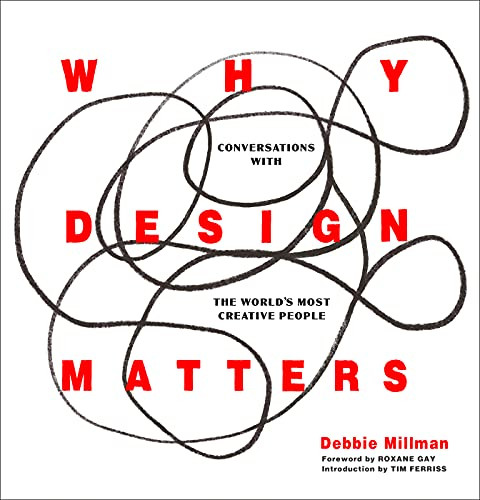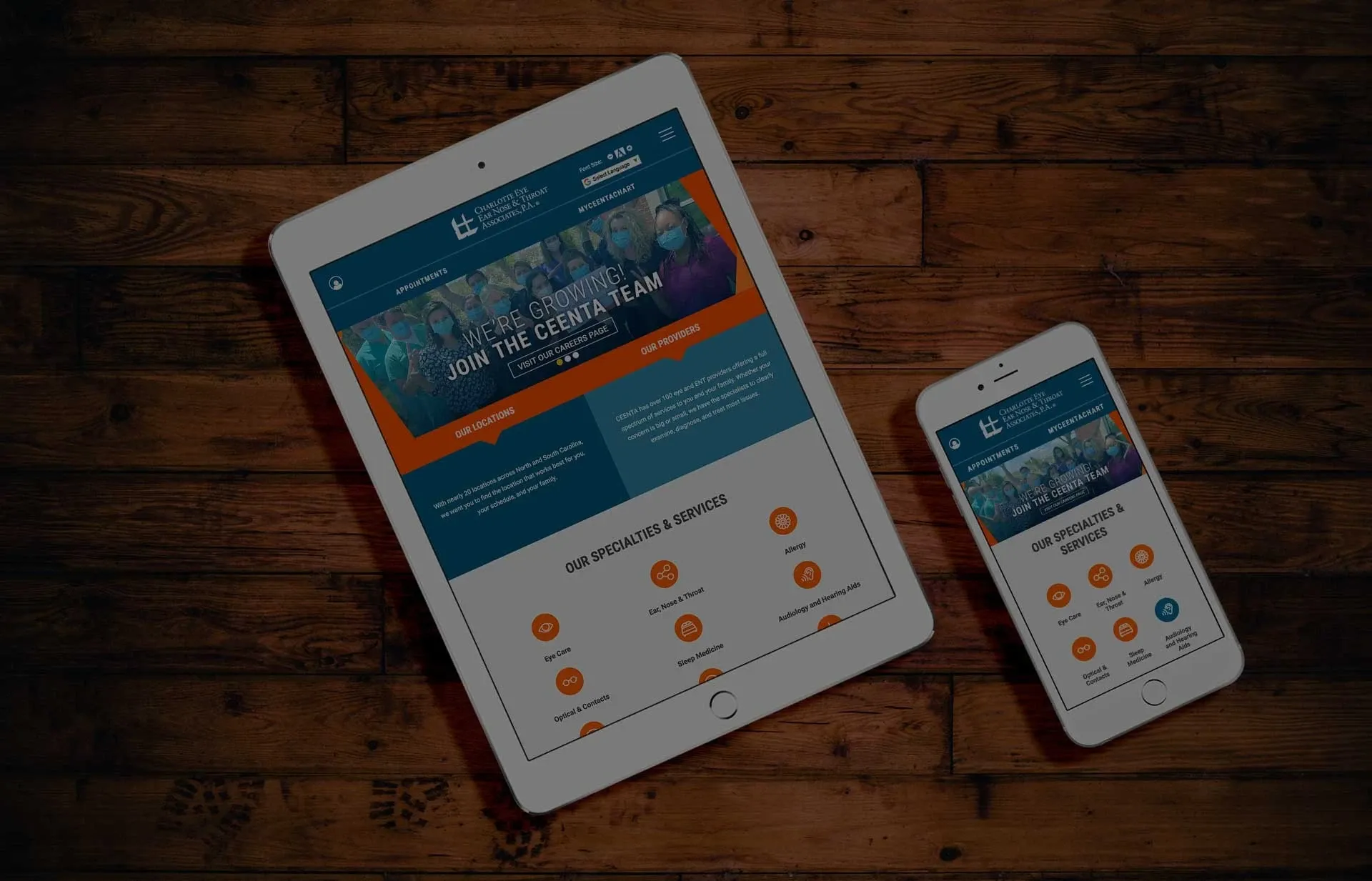
I recently read the book "Why Design Matters" by Debbie Millman, a legendary brand designer, and found many parallels between her writing and UX design in general.
Tools of Communication
"In short, design matters because designers know a great deal about the tools of communication. Design can manipulate minds and be persuasive in ways both good and bad. The work of a designer can make you want to exercise or smoke cigarettes." - Milton Glaser & Debbie Millman, Why Design Matters
How does communication apply to UX design? Properly planned UX design will make you want to engage with the website, for example, by clicking on a call-to-action or leading a user to a contact form to be filled out. If your UX doesn't communicate what the user needs to see or understand respond to a call-to-action, a user will click off the page or exit out of the site.
- Tip: Make sure your call-to-actions and language are clear and easy-to-understand.
Continuing Education & Room for Improvement
There is always room for improvement and ways to learn better design. This is especially true for an industry like UX design where trends are changing on a daily basis depending on new advances in technology. You must stay relevant, open to change and improvement. You don't want your website to feel dated or out of touch from your audience base.
- Tip: Take the time every few months or every month if time permits to compare your website to your competition.
Creative Structure & Boundaries
Designers set different standards in all creative mediums for structures and boundaries. For example, in user experience, designers choose what type of navigation system to use or what mobile design trends come and go. We say "no more" to certain things that are no longer working on the internet or on mobile devices. Without structure and boundaries in place in UX design, websites would be all over the place visually leaving users confused. This type of approach, requires you stepping outside of your own ego to create what is best for each individual user experience. There is a time to experiment and a time to do what is best based on your audience and what is working as a whole across the web, rather than what you are comfortable doing.
- Visit big name websites, like Amazon & Target for example, to see what is being done there visually. These websites are commonly used by most Americans and set standards for user UX knowledge.
Overcoming Problems & Setting Trends
You shouldn't be afraid to try something new or set a trend if you feel it is the right direction and within the boundaries of good visual communication. However, many designers are crippled with the fear of rejection leading them to wait to embrace good trends until a later date. Depending on your audience, you might want to wait to go out on a limb to see what is working across the web and what does not take well. Either way, you're the designer so the decision is yours. If you are seeing a problem in your UX or something that is just flat-out not working, now is the time to experiment to find what other options are out there. What can you do to improve the communication and impact of your message?
- Tip: Experiment with A/B testing to see how users react to new trends or changes you make to your UX.
Check out Debbie Millman's podcast Design Matters or the book Design Matters for more information and conversations within the design community.
« Back to Blog
- How Healthcare Practices Can Improve Visibility in AI Tools Like ChatGPT, Copilot & Perplexity
- Rebuilding from the Ground Up: A Modern, SEO-Driven Website for Third Coast Oral & Maxillofacial Surgery
- Modernizing TOA.com: A Decades-Long Digital Partnership in Orthopedic Website Innovation
- The Future of Healthcare Marketing: AI, AEO, and a Compliance-First Strategy
- How to Use Schema Markup on Your Healthcare Website for Better SEO
One Partner - Every Digital Solution Your Practice Needs.
EHS is more than a vendor — we’re your long-term partner in building a stronger, smarter, and more compliant digital presence.

© 2025. All rights reserved. E-dreamz, Inc.

